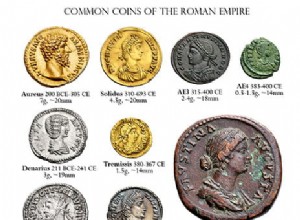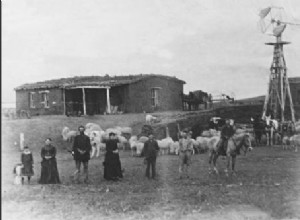TheGloster Gladiator, the RAFs last biplane fighter, was already a flying anachronism when it entered service. Despite this, he acted and even remarkably in the initial stage of the Second World War. He first saw action in distant China fighting against the Japanese. But where the humble biplane bec




